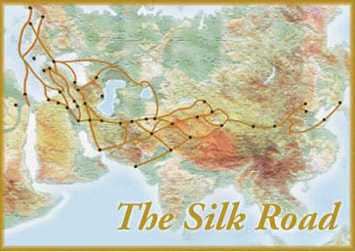The Encyclopaedia of Race and Ethnic Studies and Afghan Cultural Heritage and International Law
Following the reading of Encyclopaedia of Race and Ethnic Studies, it is apparent that human beings have a set of systems reinforcing their equality in the world. Growing up I have heard much talk of the United Nations and have studied it frequently. The United Nations remains as the ultimate source of power for global racial discrimination. It is derived from the United Nations that respect for race, sex, language, religion and gender is needed. The unfamiliar entity that I learned about in this reading was UNESCO, The United Nations Educational, Scientific and Cultural Organization. Basically UNESCO is a branch from the United Nations. It is in my understanding that UNESCO aims to rid the discrimination in all aspects of life. It occurred to me as a shock how many times UNESCO modified its beliefs and publications throughout history. Each modification aimed to provide more and more democratic rights to individuals and equalize the playing field among individuals. UNESCO`s final publication entailed that all humans basically derive from the same nature, making them born with equal rights and equal dignity. It really satisfies me to know that people throughout history have been and always will continue to fight for individualistic rights. It makes me wonder if those people had not fought for liberation, what our society would be like. It is to organizations like such that individuals owe their gratitude and freedom to. Following the reading of Afghan Cultural Heritage and International Law, it becomes apparent what happens when individuals violate or disregard authorities such as The United Nations and UNESCO. This reading follows the aftermath of war and what it does to cultural items. As a result of war, cultural objects can be stolen, misplaced, ruined or destructed. This is truly a tragedy because traces of a civilization or remembrances of things past can be completely wiped out. Francioni and Lenzerini use the destruction of the Bamiyan Buddha’s to show exactly how artefacts of cultural importance can be obliterated through the ill acts of war.
